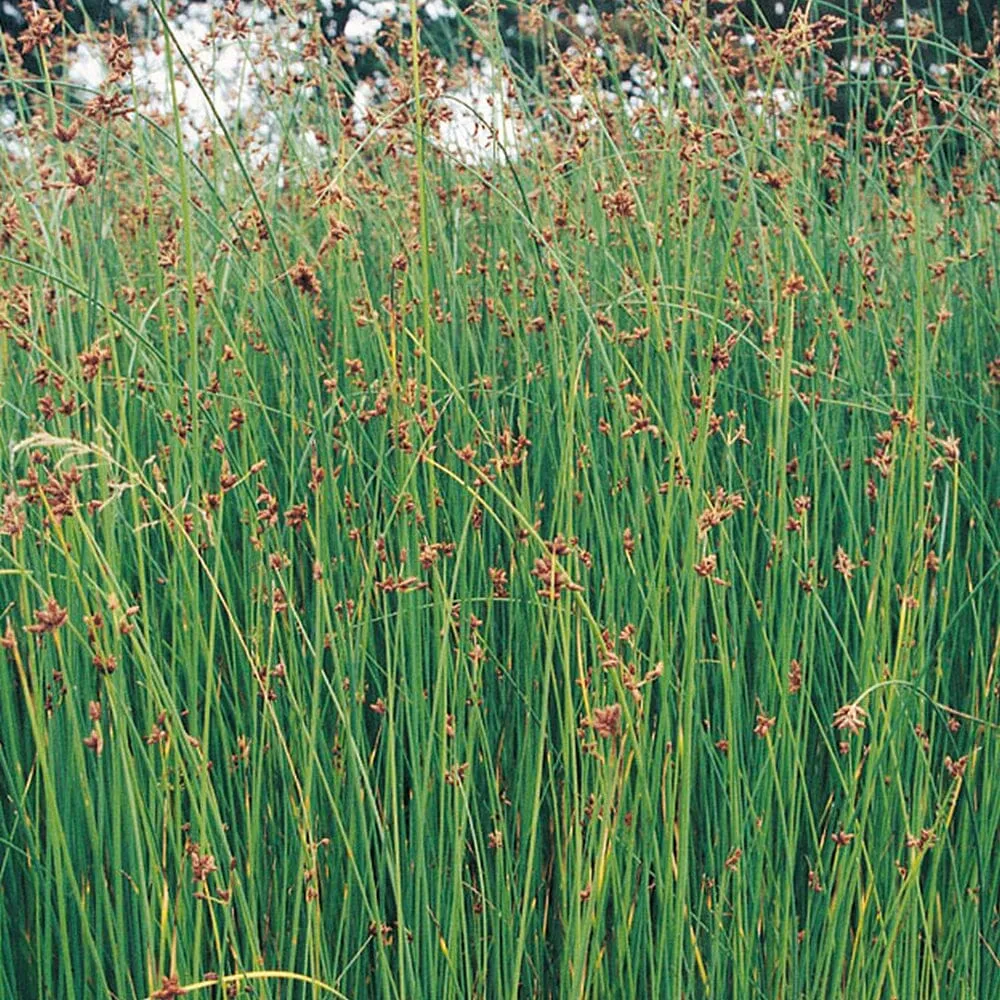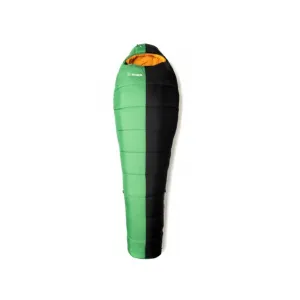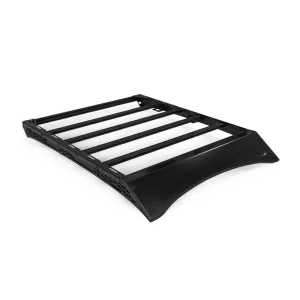Scirpus lacustris, commonly known as Common Clubrush or Lesser Bulrush, is a perennial aquatic plant that belongs to the Cyperaceae family. It is native to wetland areas and is well-suited for growing in marshes, swamps, or along the edges of ponds and lakes. Here's a detailed description and care guide for Scirpus lacustris:
Description:
Scirpus lacustris forms clumps of tall, erect stems that can reach a height of 3-6 feet (90-180 cm) or more. The stems are round, smooth, and usually green in color. The leaves are long, narrow, and grass-like, growing in tufts at the base of the plant. In late summer, small brownish flowers appear in clusters at the tips of the stems, but they are not particularly showy.
Care Guide:
Lighting: Scirpus lacustris thrives in full sun to partial shade. It can tolerate some shade, but it generally performs best when exposed to at least 4-6 hours of direct sunlight per day. Adequate sunlight promotes strong growth and flowering.
Water: This plant is highly adapted to wet or waterlogged soil conditions. It prefers consistently moist soil and can grow in water depths ranging from a few inches to several feet. It is commonly found in shallow water or at the water's edge. Ensure that the soil or water level does not dry out completely.
Soil: Scirpus lacustris can tolerate a wide range of soil types, including clay, loam, or sandy soil, as long as it is consistently moist. It prefers acidic to neutral soil conditions. In aquatic settings, it can be planted directly in the water or in soil that is submerged or saturated with water.
Temperature: This plant is hardy in USDA hardiness zones 3-10. It can tolerate a wide range of temperatures, from cold winters to hot summers. It is adaptable to various climates and can withstand freezing temperatures as well as periods of heat and drought.
Maintenance: Scirpus lacustris is a relatively low-maintenance plant. Remove any dead or damaged foliage as needed to maintain its appearance. Prune back the plant in late winter or early spring to promote fresh growth. The clumps can become dense over time, so thinning them out periodically can help maintain a more open and attractive appearance.
Propagation: This plant can be propagated through division or by collecting and sowing its seeds. Division is typically done in spring when the plant is actively growing. Collect mature seeds and sow them in a moist seed-starting mix, keeping them consistently moist until germination occurs.
Pests and Diseases: Scirpus lacustris is generally not prone to significant pest or disease issues. However, it may occasionally attract pests such as aphids or grasshoppers. Monitor the plant for any signs of infestation and take appropriate measures if necessary.
Scirpus lacustris is a valuable plant for creating natural and wildlife-friendly wetland habitats. It provides shelter and food for various aquatic animals and birds. By following these care guidelines, you can successfully grow Scirpus lacustris and enjoy its presence in your water garden or wetland landscape.














